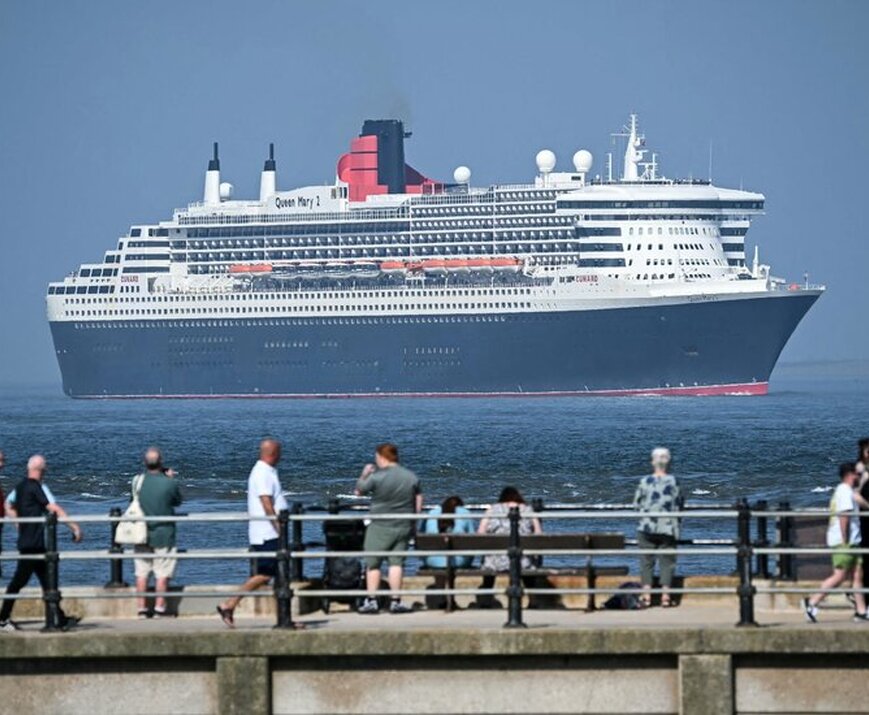
The Queen Mary 2, that leviathan of luxury, recently sailed into more than just Caribbean waters—it plunged headfirst into a tempest of norovirus. What began as a stately voyage from Southampton on March 8 devolved into a germ-riddled saga, with over 230 passengers and crew succumbing to the relentless grip of diarrhea and vomiting. The CDC confirmed the outbreak, a grim reminder that even floating palaces aren’t immune to nature’s microscopic rebels.
By March 18, the ship’s grandeur was overshadowed by sanitization crews scrambling like ants on a sugar cube. Cases erupted after a New York City stop, turning staterooms into makeshift infirmaries. The CDC’s tally: 224 passengers (out of 2,538) and 17 crew members fell victim. Isolation protocols snapped into place, but the virus—slicker than a deckhand’s excuse—had already danced through the ventilation.
The itinerary read like a postcard: St. Maarten’s turquoise coves, Barbados’ rum-soaked shores. Instead, passengers traded sun hats for sick bags. Cunard’s PR team spun faster than a ship’s propeller, touting "reduced cases" thanks to "military-level" cleaning. Yet, norovirus laughs at bleach. It’s the Houdini of pathogens, thriving where people pack tighter than caviar in a tin.
This gastrointestinal gremlin:
The QM2’s 2013 outbreak—200+ sickened—proved history repeats itself, just with nicer chandeliers. Meanwhile, another vessel, the unnamed offender, reported 34 cases mid-Pacific, a viral hitchhiker en route to U.S. docks.
Amid the chaos, a curious trend emerges: norovirus is the cruise industry’s unspoken tax. Ships must report outbreaks, but savvy travelers know—spring for a balcony cabin, pack gloves, and avoid the shrimp cocktail. As one passenger quipped, "I paid for a Caribbean tan. Got a complimentary detox instead."

















